The Fairey Swordfish, a British military biplane torpedo bomber, first took to the skies in 1934. Initially developed as a private venture by the Fairey Aviation Company, it was soon adopted by the Royal Navy’s Fleet Air Arm. Despite its antiquated appearance, the Swordfish proved remarkably versatile during its service in World War II.
Designed to operate from aircraft carriers, this biplane made its mark early in the war. It was powered by a single radial engine and featured a robust construction, which contributed to its longevity and effectiveness in various roles, from anti-submarine warfare to reconnaissance missions.
A Design Ahead of Its Time
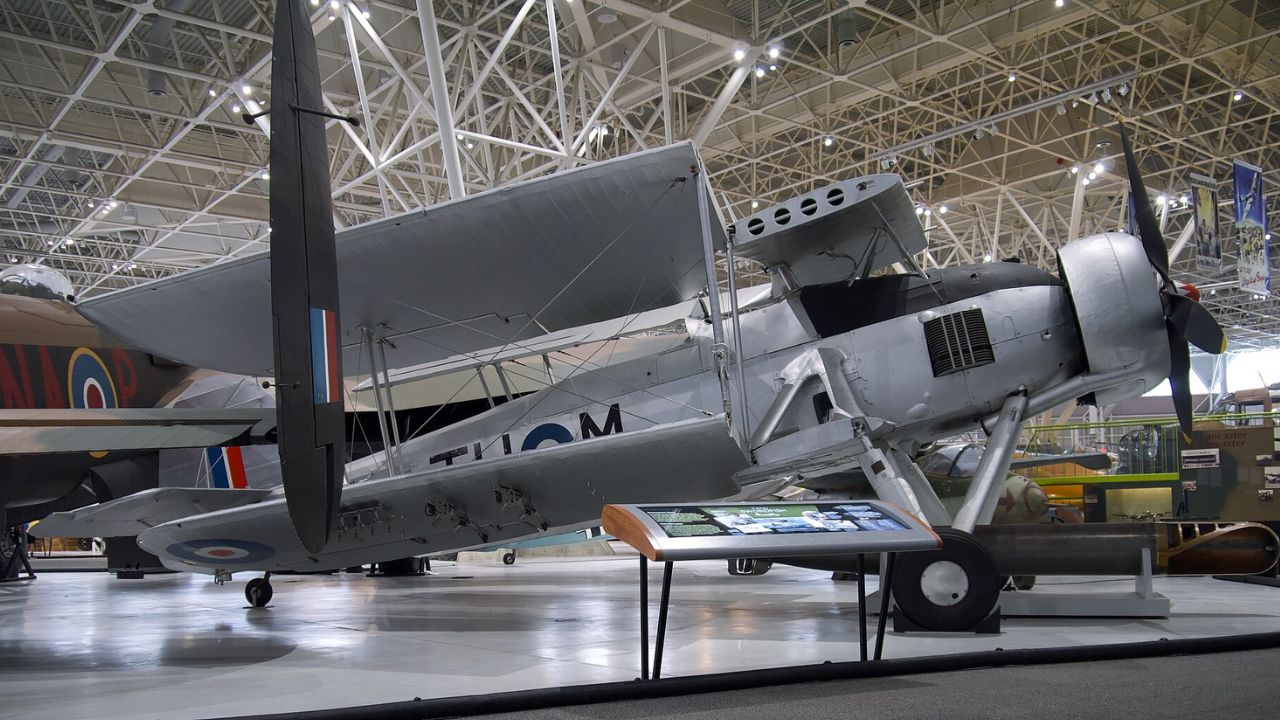
Despite its vintage biplane design, the Fairey Swordfish was ahead of its time in many aspects. Its airframe was made to withstand harsh maritime conditions, boasting a corrosion-resistant metal structure with fabric covering. This combination ensured durability and ease of repair, essential for prolonged operations at sea.
Equipped with innovative features like folding wings for carrier storage and versatility in armament, the Swordfish could carry torpedoes, bombs, and depth charges. Its simplistic yet effective design allowed it to adapt to various missions, making it a valuable asset even as more advanced aircraft emerged.
The Role in the Battle of Taranto
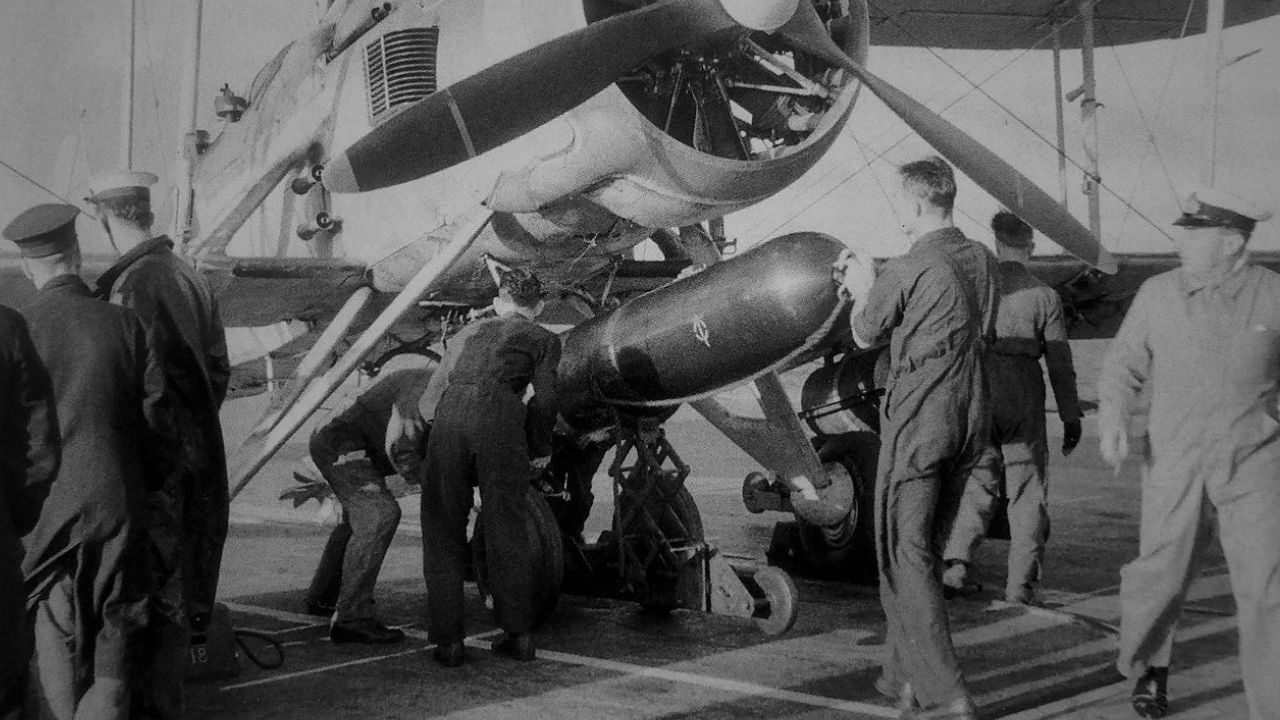
The Swordfish played a pivotal role in the Battle of Taranto on November 11, 1940, showcasing its strategic significance. In a daring night attack, 21 Swordfish aircraft launched from the HMS Illustrious and struck the Italian fleet anchored at Taranto harbor, crippling three battleships and altering naval warfare.
This successful strike highlighted the effectiveness of aerial torpedo attacks and influenced Japanese tactics at Pearl Harbor. The Swordfish’s contribution to the battle demonstrated that even seemingly outdated aircraft could deliver decisive blows under the right conditions.
The Swordfish’s Resilient Airframe
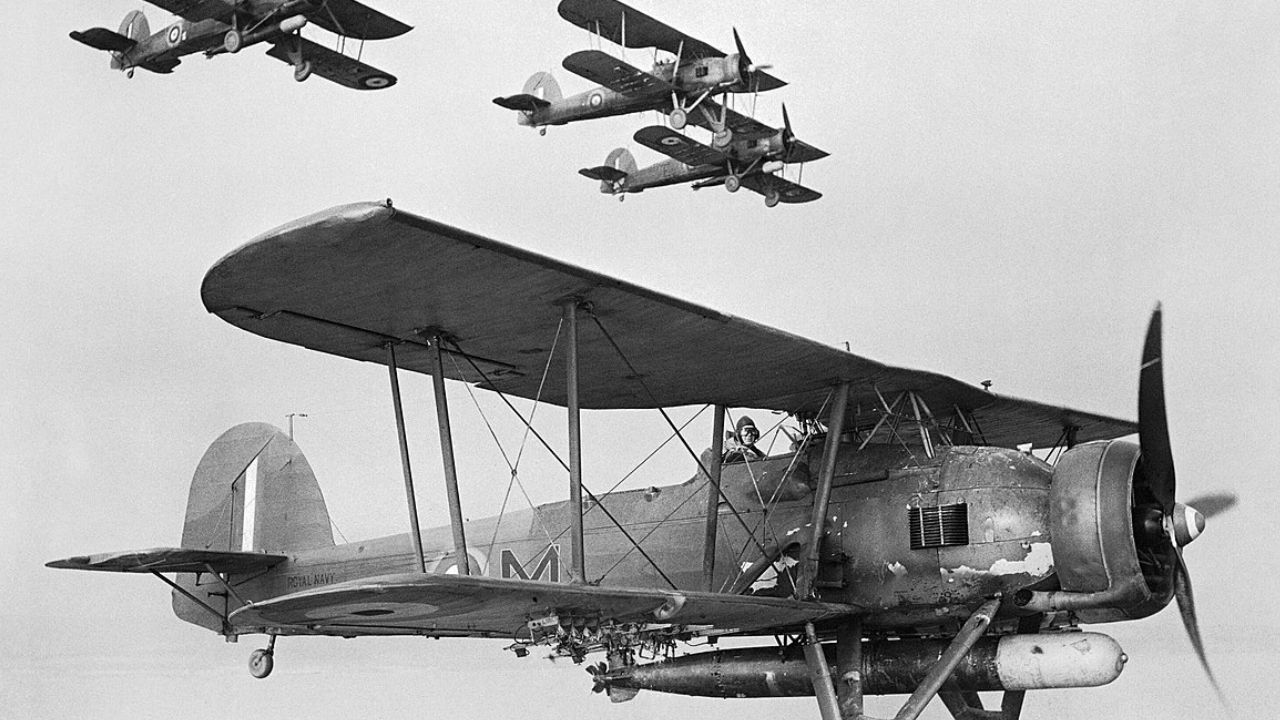
The Fairey Swordfish’s airframe was renowned for its resilience. Its ability to absorb damage and continue flying was legendary, earning the aircraft a reputation for reliability. The biplane’s simple yet sturdy construction enabled it to endure enemy fire that would down more modern aircraft.
This characteristic was crucial for its success in perilous missions, including attacks on heavily defended targets and anti-submarine patrols. The Swordfish’s toughness allowed it to operate effectively in adverse weather and under intense anti-aircraft fire.
Notable Engagements and Missions
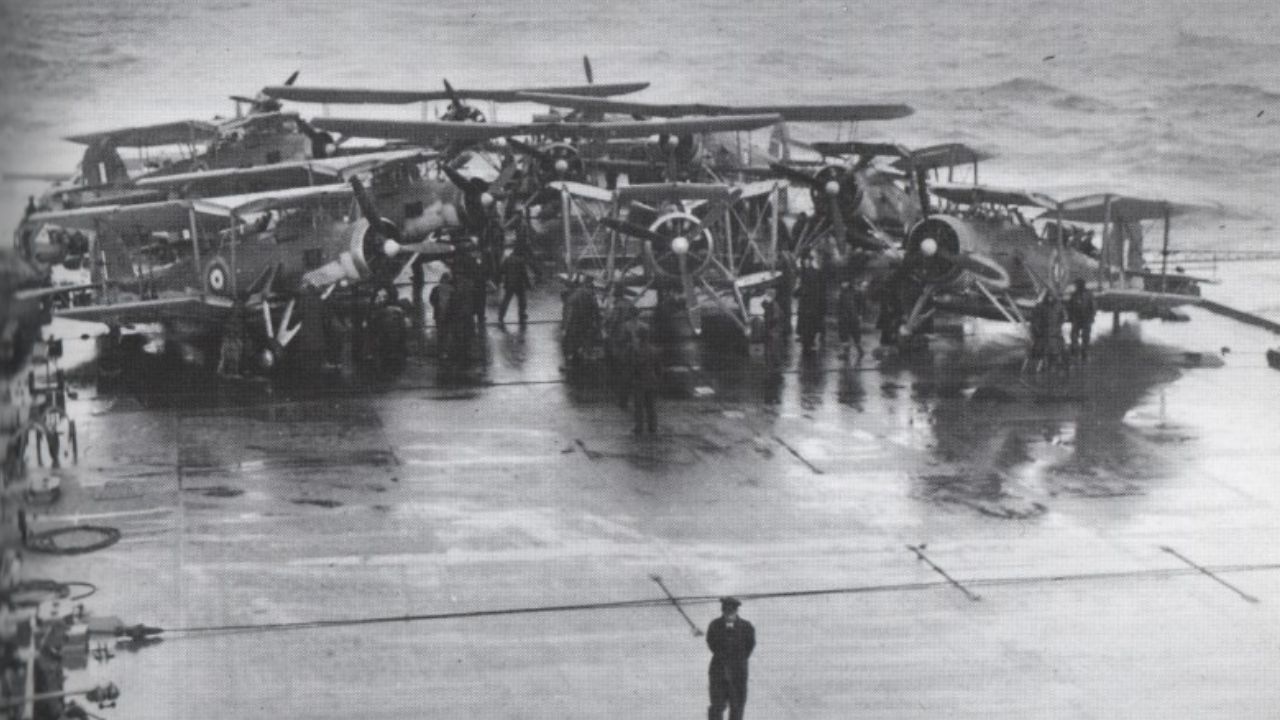
Throughout World War II, the Swordfish participated in numerous significant engagements. Apart from the Battle of Taranto, it was instrumental in the sinking of the German battleship Bismarck in 1941, where Swordfish torpedo strikes disabled its rudder, leading to its eventual destruction.
The aircraft also excelled in anti-submarine warfare, patrolling the Atlantic and protecting convoys from U-boat attacks. Its versatility and dependability made it a persistent threat to Axis naval operations, contributing significantly to Allied maritime success.
The “Stringbag” Nickname Explained
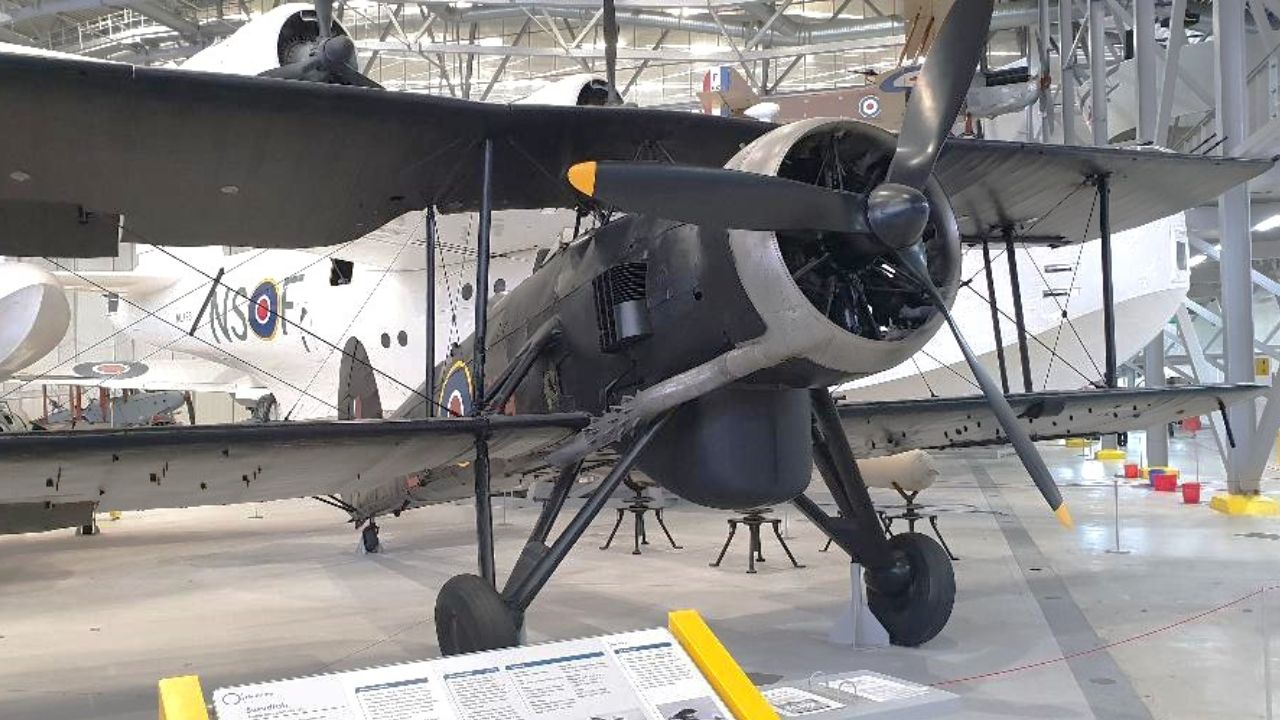
The Fairey Swordfish earned the affectionate nickname “Stringbag” due to its adaptability and capacity to carry diverse payloads. Like a shopping bag, it could be fitted with various combinations of weapons and equipment, depending on the mission requirements.
This flexibility allowed it to perform multiple roles, from torpedo bombing to reconnaissance and anti-submarine warfare. The nickname reflects the aircraft’s utilitarian nature and its crews’ trust in its capabilities to handle diverse and demanding tasks.
The Decline and Legacy of the Swordfish
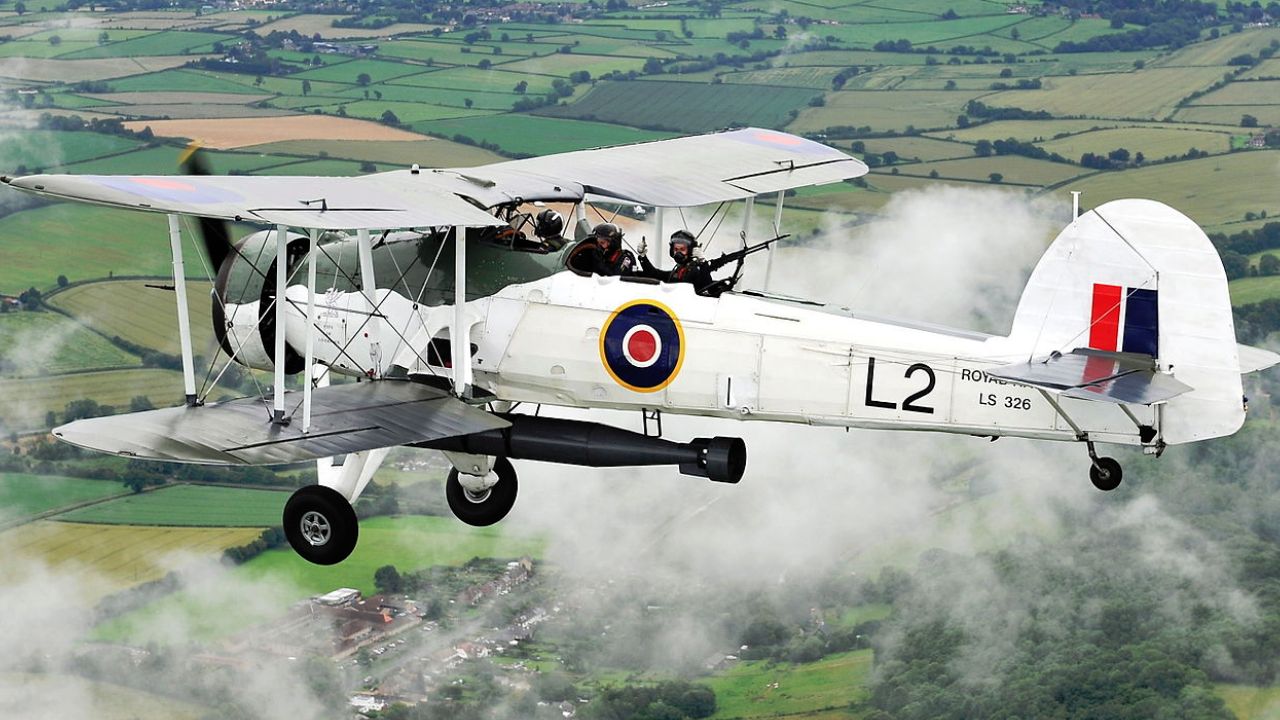
As World War II progressed, the Swordfish gradually became obsolete due to the advent of faster, more advanced aircraft. By the war’s end, it was largely replaced by newer models like the Fairey Barracuda and Grumman Avenger.
Nonetheless, the Swordfish’s legacy endured as a symbol of resilience and adaptability. Its contributions to key naval victories and its ability to remain effective despite technological advancements underscore its importance in military aviation history.
Commemoration and Preservation Efforts
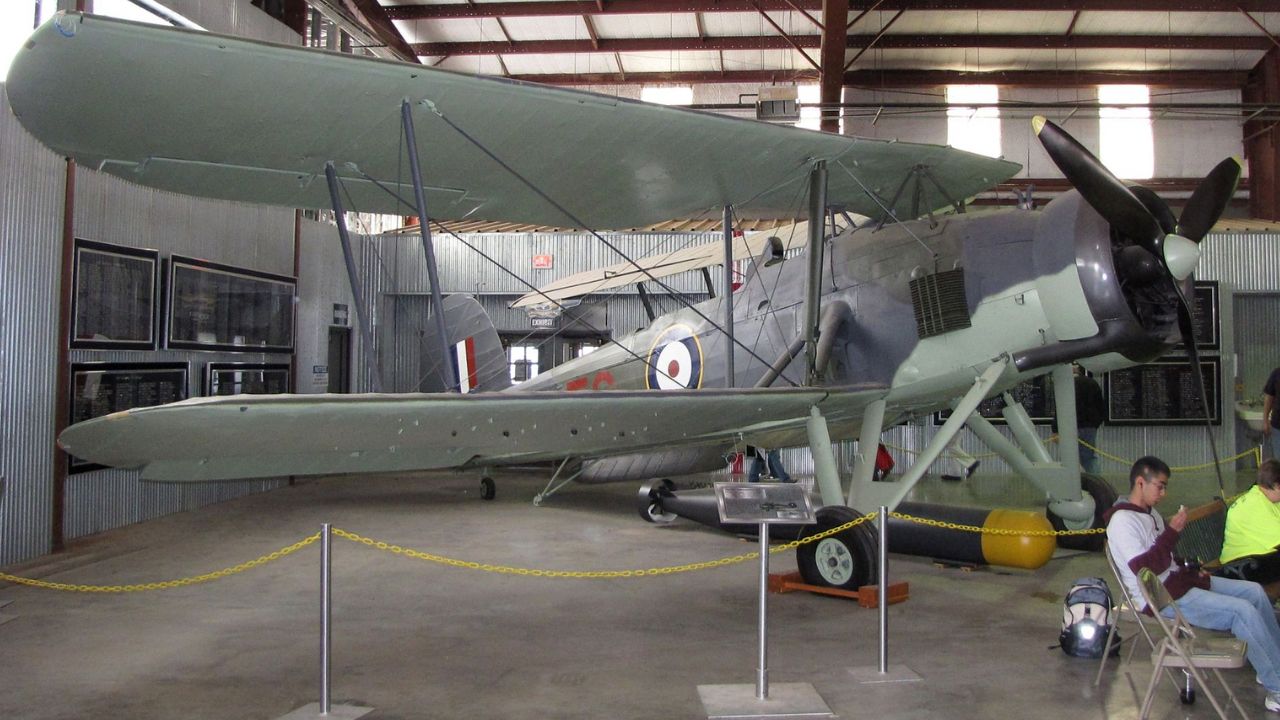
Today, the Fairey Swordfish is celebrated and preserved by aviation enthusiasts and historians. Several Swordfish aircraft are maintained and displayed in museums worldwide, with some still in flying condition, serving as a testament to its enduring legacy.
Organizations like the Royal Navy Historic Flight ensure that these aircraft remain operational, offering the public a chance to witness the Swordfish in action. These efforts honor the aircraft’s significant contributions during World War II and preserve its memory for future generations.

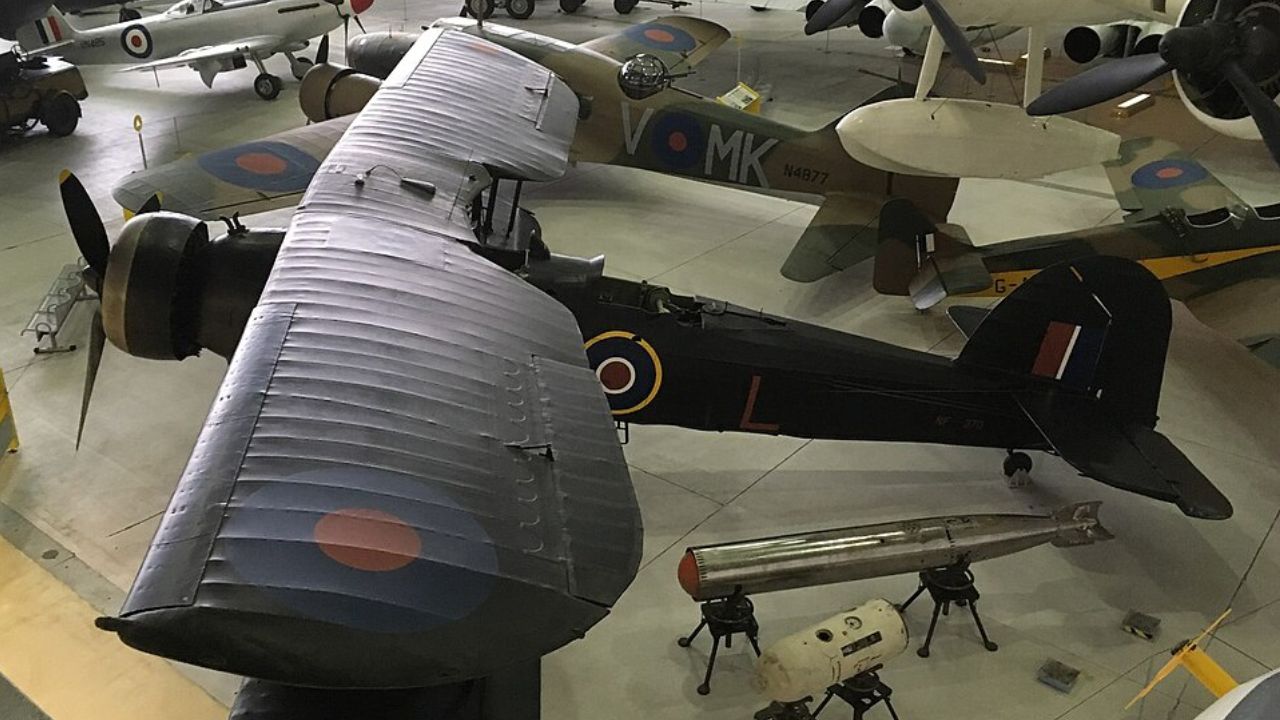





Leave a Reply